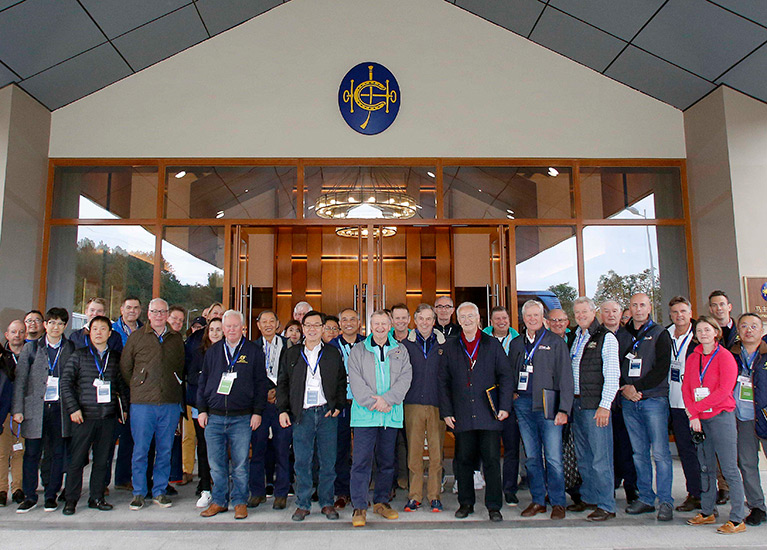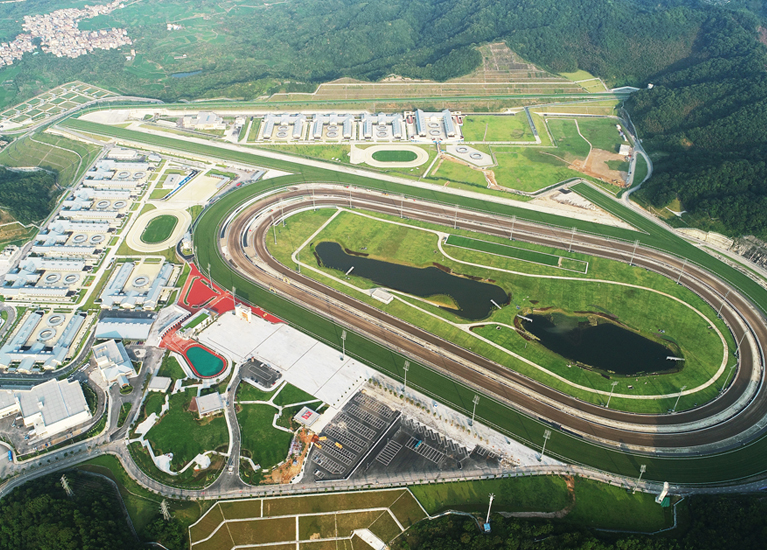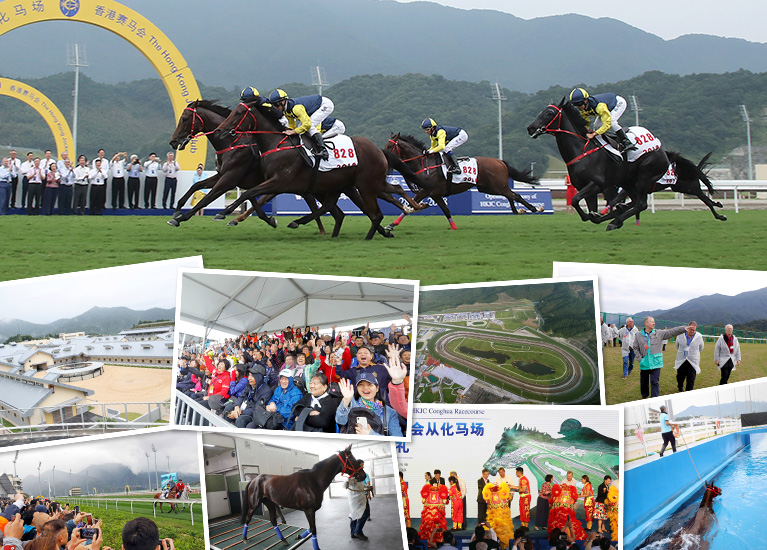FAQ
A lounge will be available for Owners and their guests. Soft drinks and light refreshments will be provided along with business facilities, televisions and restrooms with showers.
Dual-site trainers for the first phase of CTC are:
- Tony Cruz
- Caspar Fownes
- John Moore
- Paul O’Sullivan
- Danny Shum
- John Size
- Chris So
- Me Tsui
- Dennis Yip
Operations at CTC will gradually increase, with more trainers to be designated as dual-site operators in subsequent phases.
More: First-phase dual-site trainers named for Conghua Training Centre
Ground transport of thoroughbred horses over distances such as those between Sha Tin and Conghua is a common practice around the world. Indeed horses often travel much further. Horses based at Newmarket in the United Kingdom are frequently transported more than five hours on the morning of racing and returned to Newmarket on the same day. Horses in South Africa are transported between major racing centres in journeys which can last more than 16 hours. All horses racing in Hong Kong have been imported from overseas, and approximately one-third came to Hong Kong with previous racing experience, and therefore have prior experience of undertaking journeys of this length by horse float.
All visitors to CTC within the stabling compound, including Owners, trainers, staff and media, are required to follow strict biosecurity protocols.
Stable compound entry/exit points for humans will be equipped with hand disinfectant dispensers and disinfection mats designed to minimise the risk of dirt and contaminants being introduced on footware. While vehicle traffic to the stable compound itself will be quite limited, all vehicles entering the stable compound must proceed via a wheel wash and an external disinfectant spray wash. Owners' vehicles will be required to park in a dedicated car park outside the stable compound. Internal transport via golf carts will be provided.
All Owners and their approved visitors must make a written declaration upon arrival at the Owners' Lounge confirming that they have not visited any other Chinese Mainland horse facilities within 24 hours of a visit to CTC. No horse gear, feed or other equipment of any kind may be brought into CTC from a Chinese Mainland horse facility.
- Agriculture, Fisheries and Conservation Department
- Security Bureau
- Customs and Excise Department
- Immigration Department
- Food and Health Bureau
- Police Force
- Ministry of Agriculture of the People's Republic of China
- General Administration of Quality Supervision, Inspection and Quarantine
- Port Office of Guangdong Provincial People's Government
- Guangdong Agriculture Department
- Guangdong Entry-Exit Inspection and Quarantine Bureau
- Guangdong Public Security Department Traffic Management Bureau
- Guangzhou Port Office
- Guangzhou Customs
- Guangzhou Agriculture Bureau
- Guangzhou Animal Health Inspection
- Guangdong Entry-Exit Inspection and Quarantine Bureau – Conghua Training Centre Office
- Guangzhou Sports Bureau
- Conghua Customs
- Shenzhen Port Office
- Shenzhen Entry-Exit Inspection and Quarantine Bureau
- Huanggang Entry-Exit Inspection and Quarantine Bureau
- Shenzhen Customs
- Shenzhen General Station of Immigration Inspection
- Huanggang General Station of Immigration Inspection







